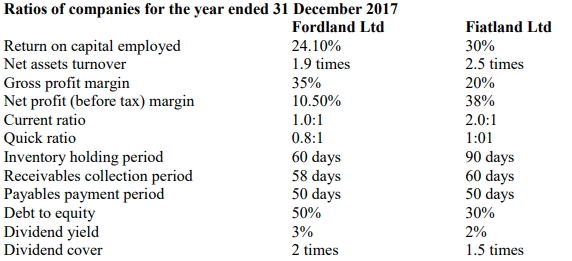- 15 Marks
CR – Nov 2014 – L3 – SC – Q7 – Accounting Policies, Changes in Accounting Estimates and Errors (IAS 8)
Discuss IAS 8 provisions for accounting policy changes and implications of prior period errors.
Question
International Accounting Standard 8 (IAS 8) Accounting Policies, Changes in Accounting Estimates and Errors prescribes the criteria for selecting and changing accounting policies, accounting for changes in estimates, and reflecting corrections of prior period errors. Changes in accounting policies and corrections of errors are generally accounted for retrospectively unless this is impracticable; whereas changes in accounting estimates are generally accounted for prospectively.
Required:
(a) Advise the CFO on the circumstances where an entity may change its accounting policies, setting out how a change in accounting policy is applied and the difficulties faced by entities when a change in accounting policy is made. (8 Marks)
(b) Discuss why the current treatment of prior period errors could lead to earnings management by companies, together with any further arguments against the current treatment. (7 Marks)
Find Related Questions by Tags, levels, etc.




